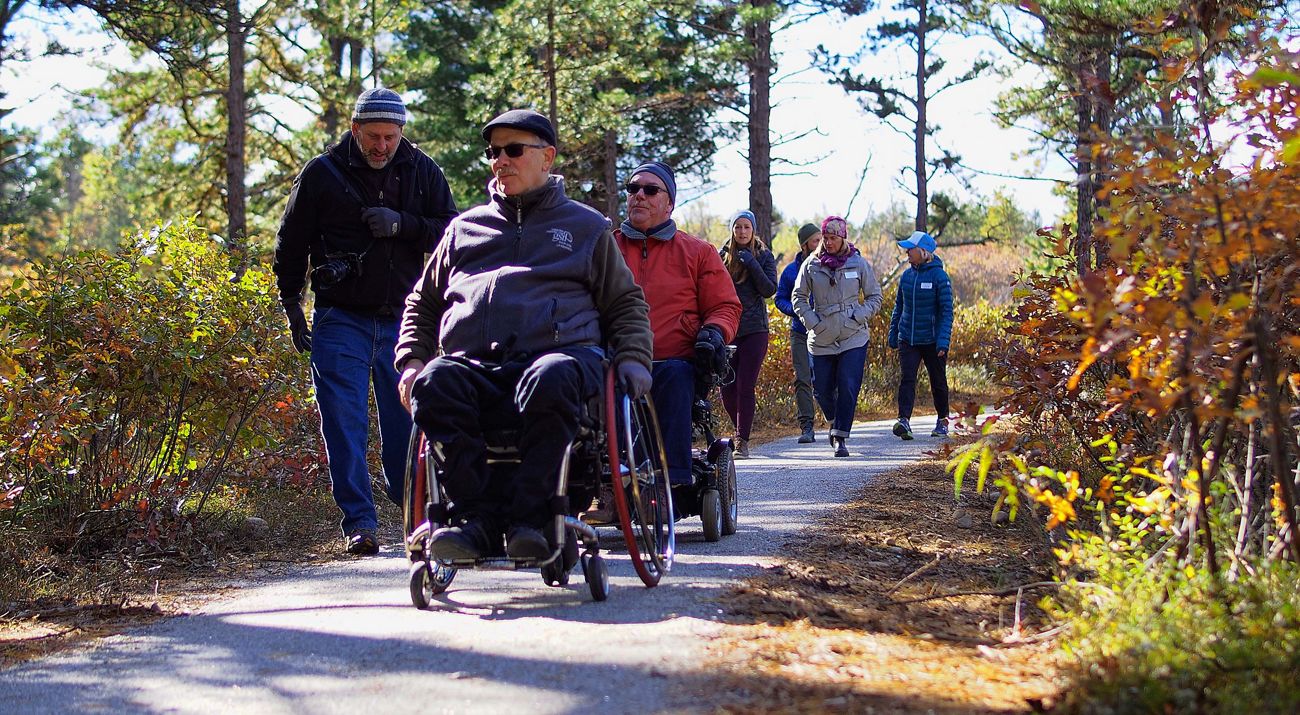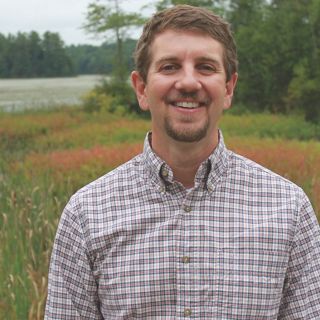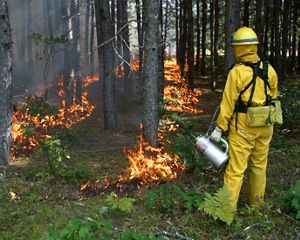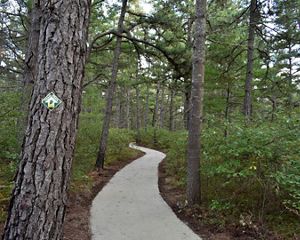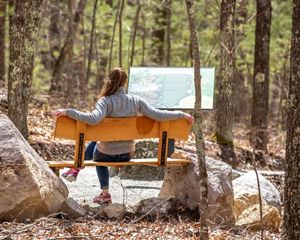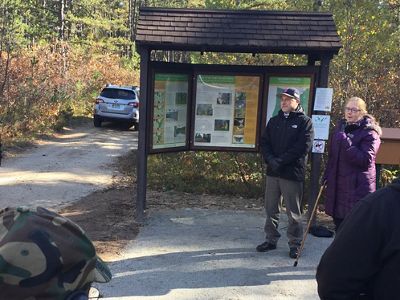
Ellen Keith and her three sisters were always on the go. Whenever they could, they made a dash for it, the door swinging behind them, as they headed into the woods behind the Gilford, New Hampshire, home where they grew up. They climbed trees and clambered over rocks. Keith remembers the dappled shadows, the wind in the branches, the snap of twigs underfoot. She remembers the endless escapades, the nonstop exploring. She remembers the freedom. The joy.
These days, Keith, who serves on the Governor’s Commission on Disability, makes her way along more slowly, sometimes with the help of a cane, her service dog at her side. Her sister Margaret has been using a wheelchair since an accident in 1986. The four siblings are as close as ever, but outdoor adventures, all of them together, have been nearly impossible. Not anymore. This summer, the Keith sisters embarked on an excursion to The Nature Conservancy’s Ossipee Pine Barrens Preserve in Madison. Walking alongside Margaret in her chair—two service dogs and several grandchildren in tow, as well as their 86-year-old mother—the sisters made their way through the woods, together again beneath the trees. “Thanks to the new trail,” says Keith, “we were able to go on an outing as a family—for the first time in 30 years.”
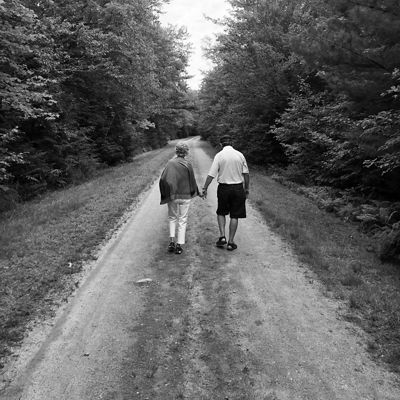
Transformation in the Woods: Ossipee Pine Barrens
It would be hard to find a better place for The Nature Conservancy in New Hampshire’s first accessible trail than here in the pine barrens, a place defined by renewal. Once a year, flames from controlled burns curl through the understory, consuming brush and twigs, charring trunks, leaving a blackened path—restoring the ecosystem. Only after the intense heat of fire has exposed the soil will new pines take root. Flames also rejuvenate the scrub oak, low-bush blueberry, and sweet fern that sustain two-dozen rare or endangered moths and butterflies and bird species such as Eastern towhee and whippoorwill. After a fire, the forest blooms anew.
For many visitors, the wonders of the pine barrens—like many natural places in New Hampshire—have long been inaccessible. Unpredictable footing, exposed roots, and varying trail widths make navigation difficult for people using wheelchairs or pushing strollers, for families exploring with young children, for grandparents—for anyone in need of more secure footing.
When the Ossipee trail opened to the public in Fall 2018, a new chapter began for the pine barrens—and for the Conservancy. “A critical part of our mission is connecting people to nature in meaningful ways,” says Mark Zankel, former executive director in New Hampshire. “This trail helps us expand this part of our mission, reaching out to include all abilities and all ages, giving more people a chance to discover and enjoy our state’s natural beauty.”
Quote: Mark Race
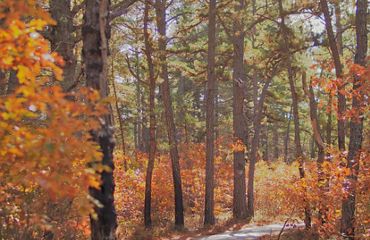
It’s a place where you’re the same—not special. You can get out there just like everyone else. It takes the ‘dis’ out of ‘disability.’
The trail sends a message, notes Mark Race, who had to figure out how to navigate the world all over again after an accident when he was 24. “It’s a place where you’re the same—not special. You can get out there just like everyone else. It takes the ‘dis’ out of ‘disability.’” Race, who uses a manual wheelchair, is supervisor of the NH Spinal Cord Injury Association and Granite State Independent Living’s peer group mentor program—and he anticipates many GSIL group outings to the Ossipee trail in the years to come. “You can smell the earth, here, watch the birds—and it’s great to learn about the history of the pine barrens, too,” he says, noting the educational kiosk and trail guide, which teach visitors about the woods they’re exploring.
Oasis in the City: Manchester Cedar Swamp
Just minutes from the bustling streets of downtown Manchester lies another world—the dark and shadowy silence of the Manchester Cedar Swamp: a place of ancient trees and giant ferns, a natural treasure in the midst of the city. “My dream is that everyone could have a chance to hug a 450-year-old black gum tree,” says Bill Foss, who lives across the street from the preserve and has, in fact, wrapped his arms around his favorite old tree in the preserve. “At that age, we could all use a hug,” he says, noting that his fellow residents at RiverWoods Retirement Community are big fans of The Nature Conservancy and its mission to connect people and nature.
Quote: Bill Foss
My dream is that everyone could have a chance to hug a 450-year-old black gum tree.

TNC recently completed construction of a univerally accessible trail at the Manchester Cedar Swamp that introduces this hidden ecological gem to a whole new audience of visitors—one more tangible opportunity to experience the power of nature, one more affirmation of inclusivity, one more declaration that nature belongs to all of us. People like Foss, and countless others who take to the woods, understand the nourishment that comes from walking—or rolling along—among the trees. We need the peace, the beauty, the inspiration that nature offers. More than this, the natural world sustains us. Our very survival—the air we breathe, the water we drink, the food we eat—depends on a healthy environment. Quite simply, we’ve come to realize that the future of nature is our future.
Which is precisely what we need if we’re going to find a new way forward. Only as more people discover and understand the wonders of the natural world—both its magnificent beauty and its life-sustaining power—will we create the momentum we need to shape visionary policy, to adopt smart planning, to raise our collective voice for the future of nature. It’s going to take all of us. Only by working together can we create a sustainable world—a world where human well-being does not come at the expense of the lands and waters we love, but where nature and people both can flourish. A world where it’s still possible to head for the woods and walk together beneath the trees.
A Commitment to Inclusion
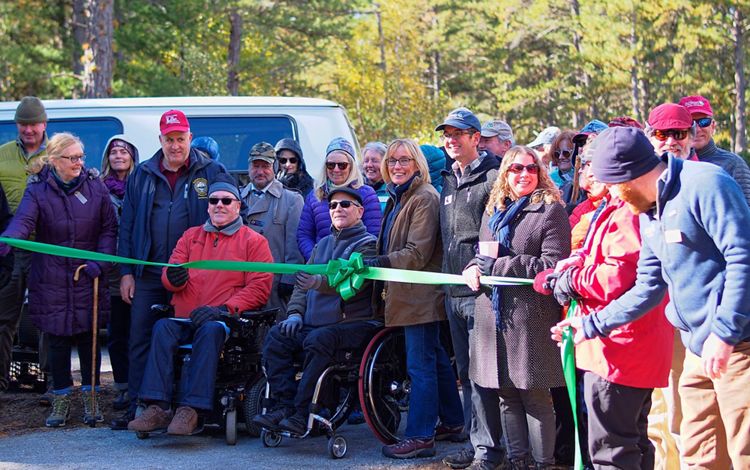
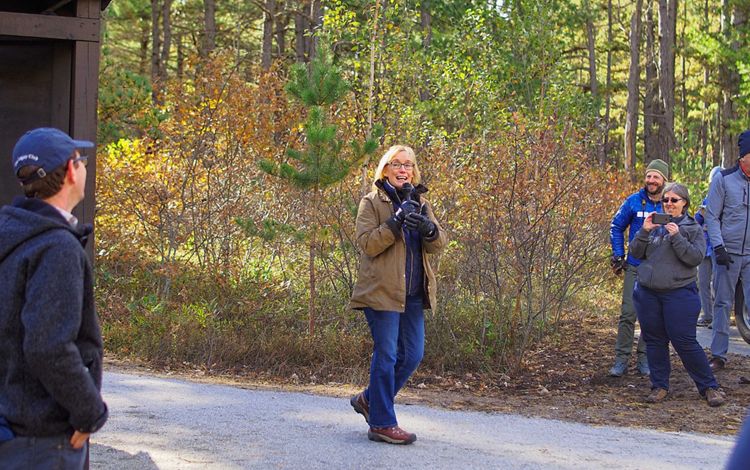
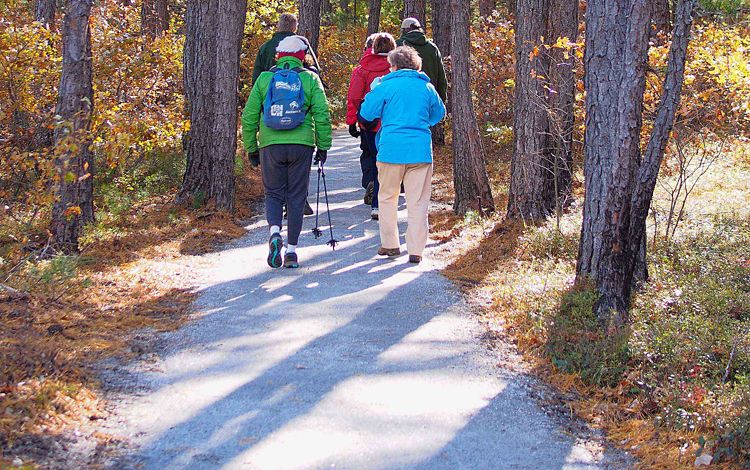
Help Raise Nature's Voice from a Whisper to a Roar
Together we can find creative solutions to tackle our most complex conservation challenges and build a stronger future for people and nature. Will you help us continue this work?
